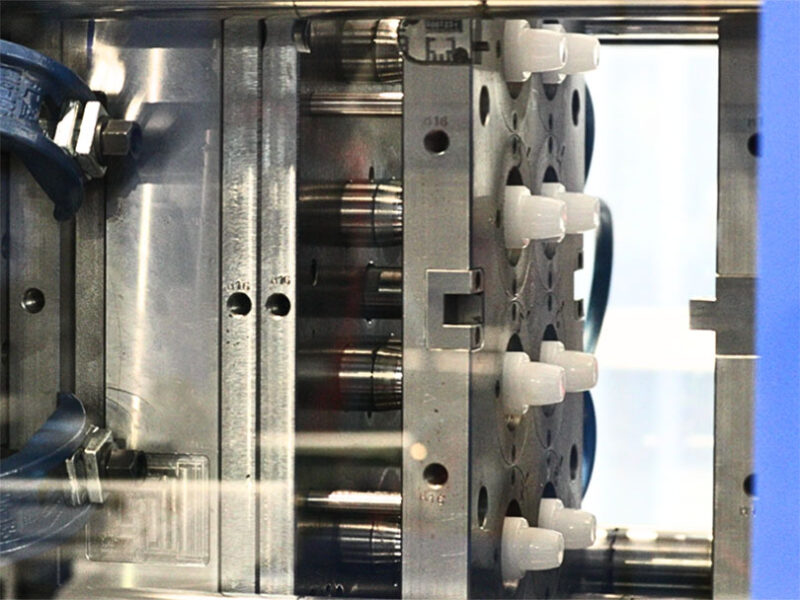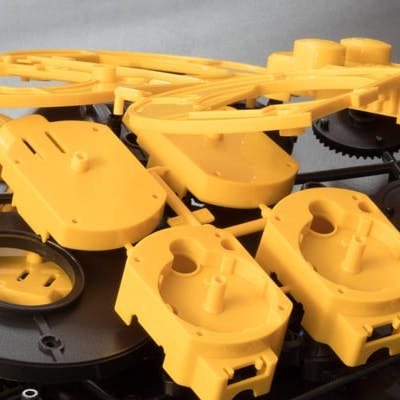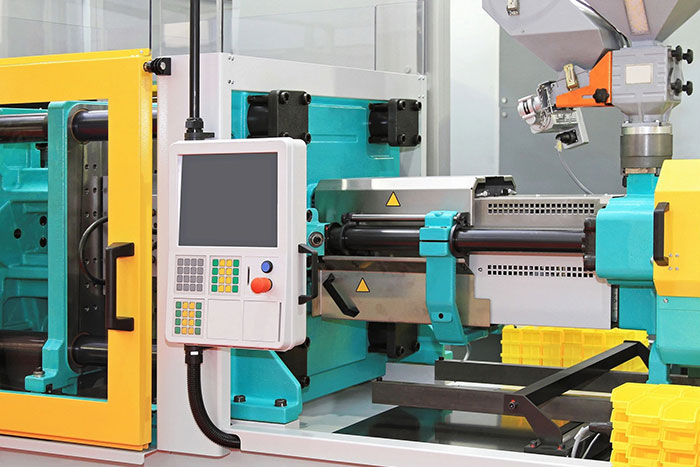Comprehending the Basics of Plastic Injection Molding Processes
Plastic shot molding functions as a foundation of contemporary manufacturing, supplying a methodical technique to producing intricate parts with accuracy. This process not just includes the fundamental actions of melting and infusing products right into molds however also includes a nuanced understanding of numerous affecting factors, such as temperature and stress. As industries increasingly require performance and quality, the details of this methodology end up being extra crucial. Discovering these essential components might disclose how even small modifications can lead to significant renovations in production results, questioning regarding the potential for advancement in this well-known procedure.
What Is Plastic Shot Molding?
Plastic shot molding is a widely utilized manufacturing procedure that changes thermoplastic and thermosetting products right into accurate and complicated shapes. This technique is favored for its capability to produce high volumes of identical components with outstanding precision, making it an indispensable technique in numerous sectors, consisting of automotive, durable goods, and clinical devices.
The procedure includes melting the picked plastic product and injecting it right into a mold under high stress. The mold and mildew, created to the requirements of the desired part, allows the liquified plastic to materialize as it cools down and solidifies. When the product has solidified, the mold is opened up, and the finished part is expelled.
Plastic injection molding offers numerous benefits, including minimized waste, uniformity in production, and the capability to integrate complex styles that may be testing with other making techniques. Additionally, it supports a broad variety of materials, each providing unique properties that can be customized for specific applications. As markets remain to introduce, plastic shot molding remains at the center, allowing the development of innovative products that fulfill developing customer needs.
The Injection Molding Refine
The shot molding procedure is a sophisticated strategy that involves a number of crucial stages to generate high-grade plastic elements. Plastic pellets are fed right into a heated barrel where they are thawed right into a viscous liquid. This molten plastic is then infused under high stress right into a precision-engineered mold, which forms the product right into the preferred type.
As soon as the mold and mildew is filled up, the plastic is enabled to strengthen and cool, taking the shape of the mold tooth cavity. Cooling time is essential, as it influences the cycle time and the last residential properties of the molded part. After enough cooling, the mold opens, and the ended up part is expelled using ejector pins.

Materials Utilized in Shot Molding
Different products can be used in the injection molding procedure, each offering distinct homes that provide to certain applications. One of the most generally made use of products include thermoplastics, thermosetting plastics, and elastomers.

Thermosetting plastics, like epoxy and phenolic materials, undertake a chemical adjustment throughout the healing process, leading to a stiff, inflexible framework. These products are excellent for applications calling for high warmth resistance and architectural stability, usually made use of in automobile parts and electric insulators.
Elastomers, including silicone and rubber-based products, give adaptability and durability. Their special residential or commercial properties make them ideal for applications that demand elasticity, such as seals and gaskets.
In addition, specialty materials like bio-based plastics and composites are acquiring traction for their environmental benefits and improved performance qualities, pop over to this web-site widening the range of injection molding applications in various industries. Understanding the residential or commercial properties of these products is essential for choosing the proper type for certain jobs.
Advantages of Injection Molding
Shot molding attracts attention as a highly efficient production process that offers numerous advantages for next page generating intricate components with precision. Among the most substantial advantages is the ability to develop complex designs that would be challenging or impossible to achieve with various other approaches (Plastic Injection Molding). The procedure allows for tight tolerances and comprehensive features, guaranteeing top notch components
In addition, injection molding is recognized for its rapid production capacities, making it an ideal selection for high-volume production. As soon as the mold is produced, components can be created promptly, reducing lead times and increasing total performance. This performance not just reduces manufacturing costs yet additionally supplies an one-upmanship in the marketplace.
The convenience of products utilized in shot molding better boosts its charm. A large variety of thermoplastics and thermosetting polymers can be employed, permitting makers to choose products that finest fulfill their specific needs, including heat, toughness, and versatility resistance.
Additionally, the process minimizes waste, as excess pop over to this web-site material can usually be recycled and recycled. This sustainability facet adds to a reduced ecological effect, making shot molding an accountable manufacturing selection. In general, the benefits of injection molding make it a preferred method for numerous markets.
Factors Influencing Product Top Quality
While countless variables can influence item quality in injection molding, comprehending these components is essential for achieving optimal outcomes. Secret aspects consist of material option, refining parameters, and mold design.
Material choice plays an important role, as various polymers display unique homes that affect flowability, strength, and thermal security. Poor material choice can lead to flaws such as warping or insufficient filling.
Processing criteria, consisting of cycle, stress, and temperature time, have to be carefully regulated. Variations in these setups can result in inconsistencies partially measurements and surface finish. For example, excessively high temperature levels might cause degradation of the polymer, while poor stress can lead to brief shots.
Mold layout is just as essential, as it figures out the circulation of the molten plastic and the cooling process. Improperly made mold and mildews may lead to uneven air conditioning rates, resulting in dimensional inaccuracies and recurring stress and anxieties.

Final Thought
In final thought, plastic injection molding offers as an important production procedure that allows the efficient manufacturing of top notch parts. Mastery of the shot molding process, consisting of the understanding of materials and the influence of numerous aspects on product high quality, is crucial for accomplishing optimum outcomes. The benefits of this approach, such as cost-effectiveness and style adaptability, additional underscore its value throughout several markets, strengthening its status as a recommended selection for high-volume production.
Plastic shot molding serves as a foundation of modern manufacturing, supplying a systematic technique to creating intricate parts with accuracy.Plastic shot molding uses numerous benefits, including minimized waste, uniformity in manufacturing, and the ability to incorporate elaborate styles that may be testing with other making approaches (Plastic Injection Molding). As sectors proceed to introduce, plastic injection molding continues to be at the forefront, allowing the development of innovative items that fulfill progressing consumer needs
The shot molding procedure is an advanced strategy that includes several vital stages to create high-quality plastic parts.In conclusion, plastic injection molding offers as a vital production process that makes it possible for the reliable manufacturing of top quality elements.